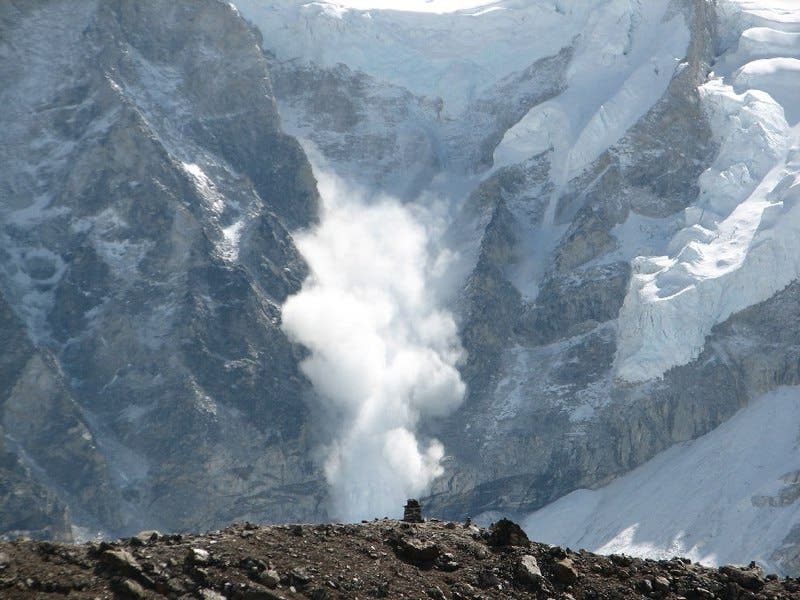Avalanches are complex, and often unpredictable events. Researchers from the Laboratory of Cryospheric Sciences and Swiss Federal Institute for Snow and Avalanche Research have shed light on how avalanches form and transpire. With the help of 3D modeling experts (some of whom worked for Disney to help simulate the snow in the animated movie Frozen), they created an accurate model of an avalanche, which could help predict avalanches in the future.
The combination of 3D simulations, scientific data, and field observations led to the birth of this accurate model of a snow slab avalanche. This especially dangerous and unpredictable avalanche type occurs when the layers of snow are unstable — there is usually a weak snow pack layer under the dense top snow layer. A small trigger, such as a person skiing or walking over the snow, can cause a large crack to form in the top layer of the snowpack and initiate the avalanche.
The key to modeling the avalanche was to account for the snow’s behavior as both a liquid and a solid. When a trigger causes a crack to form in the snow layer, it spreads rapidly and the snow acts as a solid. However, the spreading crack causes the weak snow pack layer to collapse. The heavy top layer (the slab) is then released and slides down, now acting like a fluid.
The researchers used a technique called the Material Point Method to model the avalanche, which was previously used to analyze the behavior of moving objects. The same technique was used to develop the algorithm “Matterhorn”, which created simulations of how various types of snow behaves. You’ve probably seen it in action as the snow in Disney’s animated movie Frozen.
“In addition to deepening our knowledge of how snow behaves, this project could make it possible to assess the potential size of an avalanche, the runout distance and the pressure on any obstacles in the avalanche’s path more accurately,” says lead reseaercher Johan Gaume of the Laboratory of Cryospheric Sciences and Swiss Federal Institute for Snow and Avalanche Research.
The novel approaches implemented in this study enabled the creation of an accurate avalanche model. This model can be used to predict and prevent avalanches, and can also be used to simulate snow in animated films.
Journal reference: J. Gaume, T. Gast, J. Teran, A. van Herwijnen,C. Jiang. 2018. Dynamic anticrack propagation in snow, Nature Communications.










